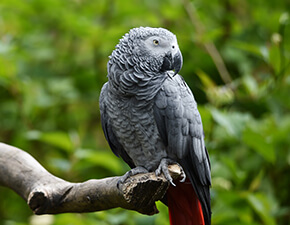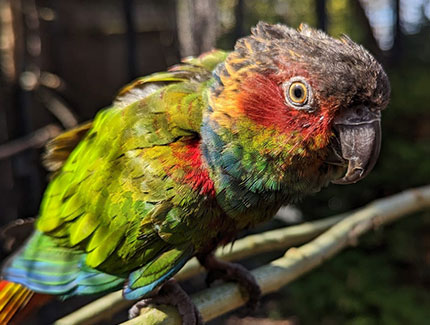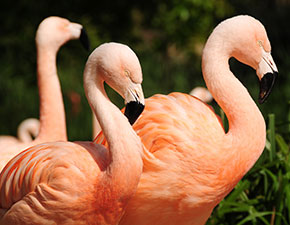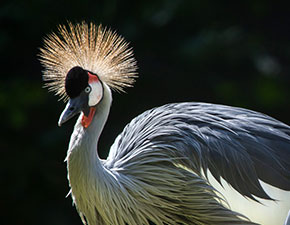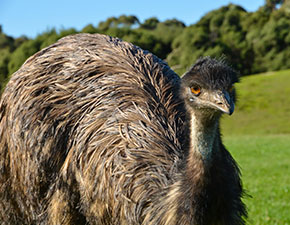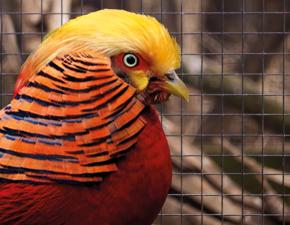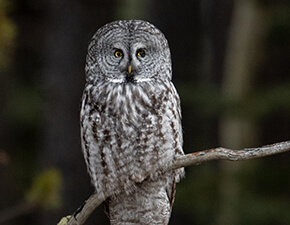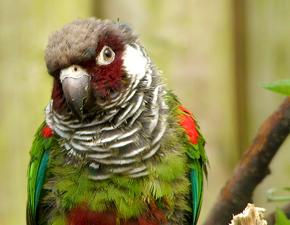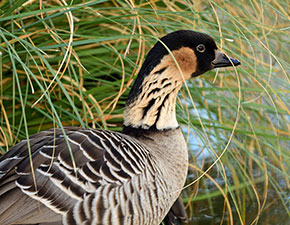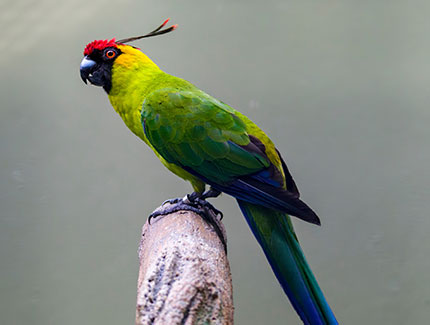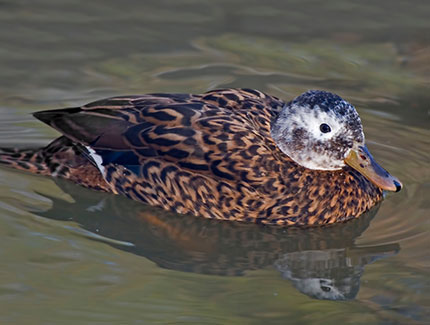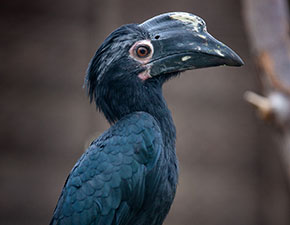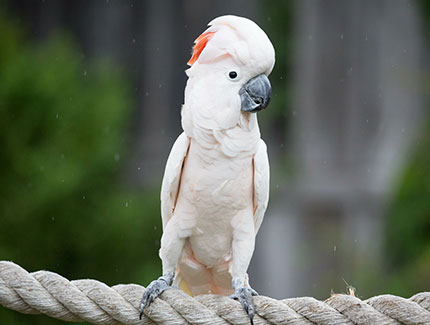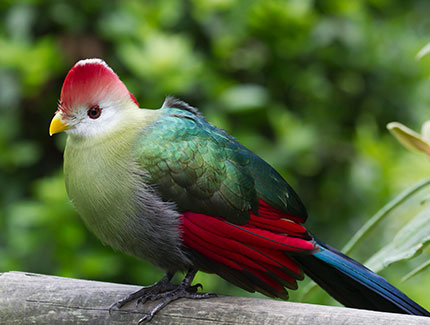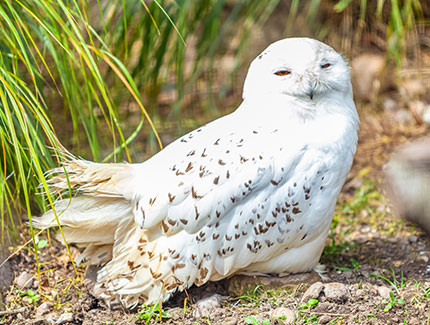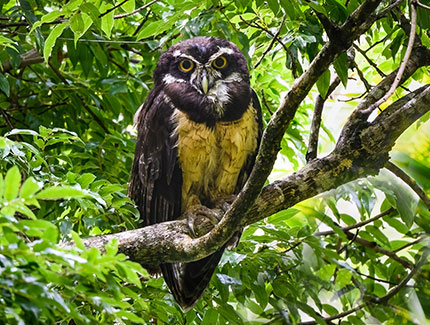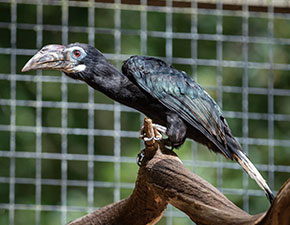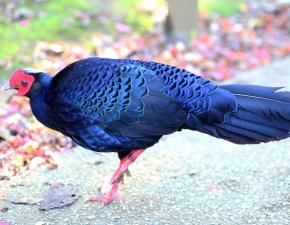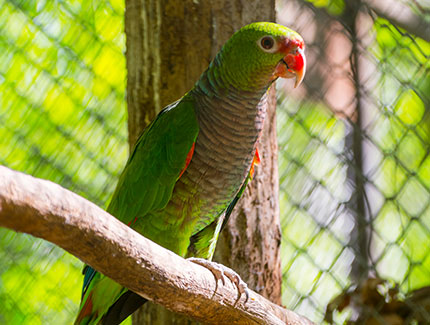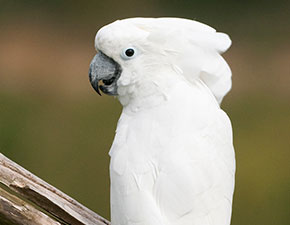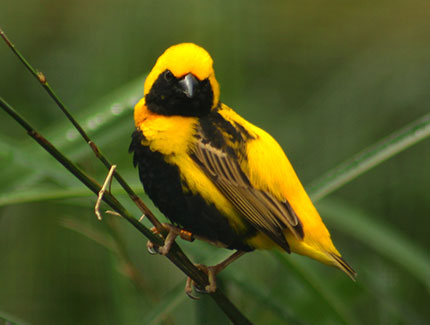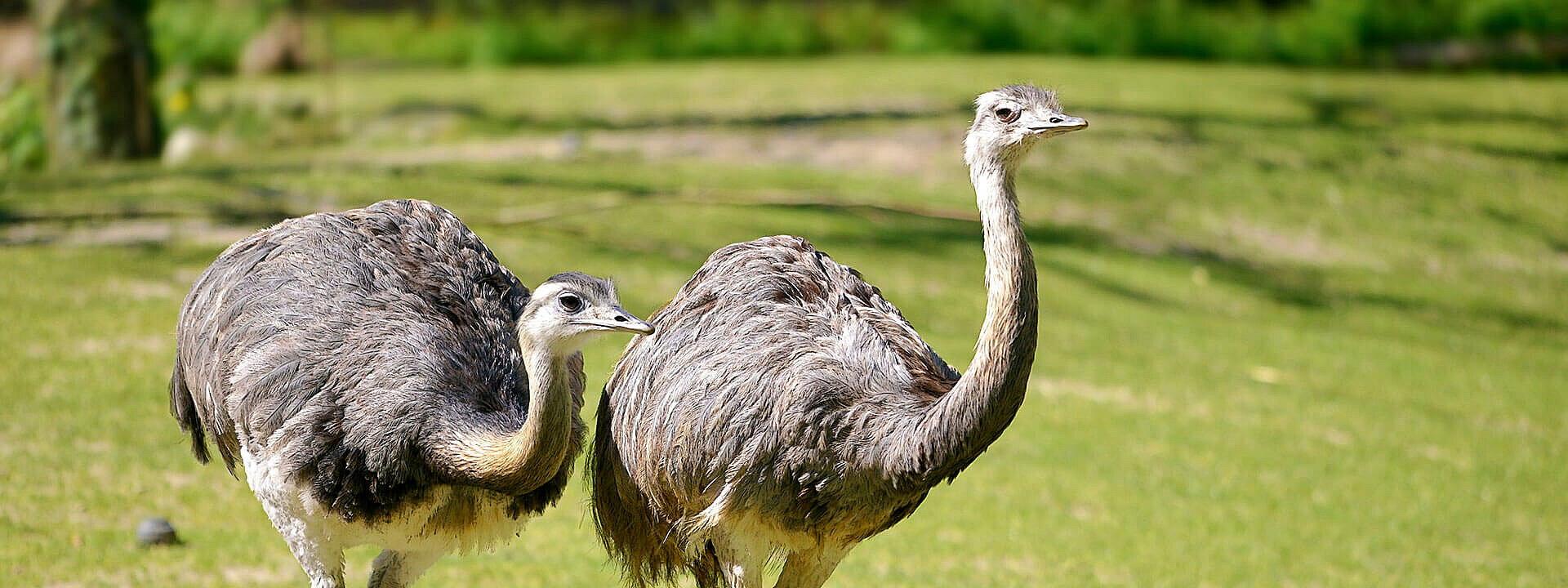
Greater Rhea
Rhea americana
IUCN red list status:
Near Threatened
For more information, please visit iucnredlist.org

Greater Rhea live in South America, in Argentina, Bolivia, Brazil, Paraguay and Uruguay.

Their diet consists of plants, seeds, roots and fruits, however they will eat invertebrates and small vertebrates such as lizards, frogs, small birds, and snakes.

They can live up to 30 years.

Several females will deposit their eggs in the same nest, which may hold 50 eggs or more. The male Rhea incubates the eggs for roughly 35 days and cares for the newly hatched chicks.
Greater Rhea
About the Greater Rhea
The greater rhea is the largest bird in South America measuring up to 1.5m (4.9ft). The rhea has grey feathers on its back and at the base of the neck is a ring of black feathers. They have long legs and a lengthy neck. Although rheas look similar to ostriches, they are much smaller. They also have three toes on each foot, while ostriches have two.
The greater rhea is an omnivore and eats a large range of foods. The majority of their diet consists of broad leafed foliage. Due to the rough plant matter which they regularly ingest the rhea ingests pebbles, which assist in grinding down the food in their stomach. Rheas continuously move as they feed.
Did you know?
Rhea are large, flightless birds and use their unusually long wings for balance when running and averting predators. They’re related to Ostrich and Emus to name a few, falling under the Ratite family of large, flightless birds, however, all three are found in different locations all over the world; Ostrich are native to Africa; Emu to Australia and Rhea to South America.
